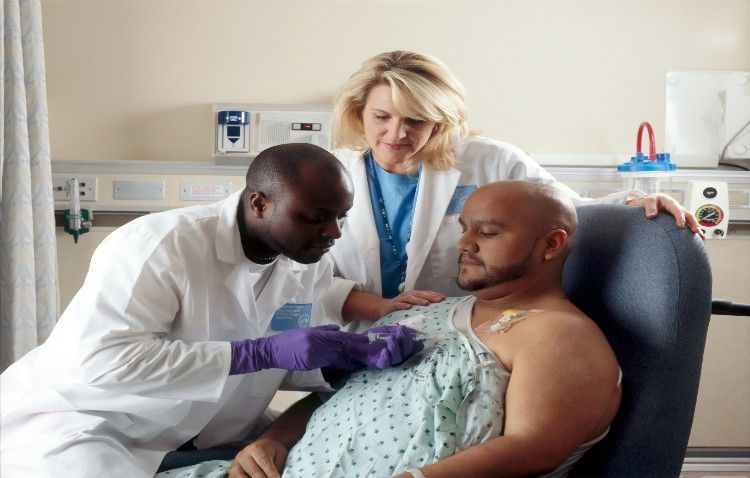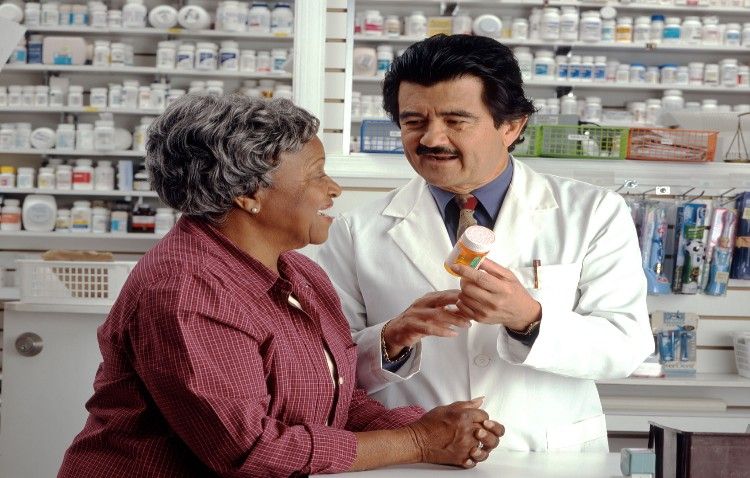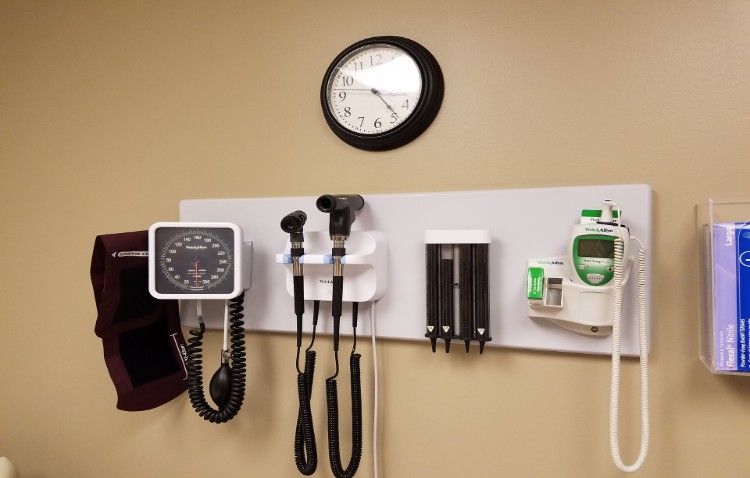In one of my recent posts, I talked about the Lone Ranger doctor (see Hi-yo Silver!). One of the conclusions that I came to was that the Lone Ranger, despite his name, did not work alone. He had a team. So, let’s call the misconception that the provider is alone in all areas of his medical practice, the Pseudo-Lone Ranger mentality. In today’s post, I’d like to explore a few of the Pseudo-Lone Ranger misconceptions with you and explore how this leads to dysfunction in primary care.
I’m sure you know from experience that providers are trained from early on to be decision makers, relying on their own judgment and often by necessity making the hard choices all on their own. As providers, we know this is a reality of the job and we accept the responsibility.
The problem is that while the Pseudo-Lone Ranger style of leadership is a definite strength in some areas (i.e. in medical decision-making), it can often become a weakness in others. No place is this more true than in the primary care office. The Pseudo-Lone Ranger mindset has overflowed into primary care. As a result, we providers, who have been trained to the hilt in medical issues, can often find ourselves owning some very dysfunctional processes in the day-to-day operations of the primary care office.
Dysfunction #1 of the Pseudo-Lone Ranger mentality
The provider is the only one who has adequate training to be involved with the patient.
Picture this: A half dozen bandits are waiting in ambush for the Lone Ranger. Tonto has already scouted out their location, laying the ground work for the counter attack. It is now time for the Lone Ranger to spring into action. Tonto gears up, Silver is saddled and ready to go. But then the Lone Ranger says to his loyal team, “No, you stay here. I’ve got this.”
What?! Why would he do that? It makes no sense for him to go into the fight alone, when he has perfectly good teammates to help him save the day.
It seems like such a silly scenario, but don’t we make a similar decision day after day in primary care? We have been told that the provider is the only one with the adequate training to be competently involved with the patient in the exam room. So when the provider enters, the nurse or MA leaves. Why not use your team to the best of its ability?
If this model were used in the operating rooms of America, the time for each surgery would need to be doubled. As primary care providers, we need to adjust our thinking. As I analyzed the patient visit I found that it can be broken down into multiple portions, some of which can be handled very competently by other members of the clinical team.
Dysfunction #2 of the Pseudo-Lone Ranger mentality
Very little investment in training others or building a team.
Picture this: Once again, bandits are waiting in ambush. Our three heroes once again prepare to counter attack. The Lone Ranger whistles and…nothing happens. The Lone Ranger looks at Silver expectantly, Silver looks back at him in confusion. What the Lone Ranger has failed to grasp is that Silver, while fully capable of responding to the whistle, has never been trained to do so. In disgust, the Lone Ranger walks to Silver and mounts. Tonto, already on his horse, Scout, waits for the signal. The Lone Ranger raises his hand and the team springs into action. The only problem is that the Lone Ranger heads due west and Tonto goes in the opposite direction. The Lone Ranger glances back in frustration, while Tonto looks back with surprise. “Kemosabe, the bandits are to the east.” The Lone Ranger replies. “Oh, didn’t I tell you? While you were making coffee, I looked through my binoculars and watched the bandits move their location. They are now to the west.”
Imagine Tonto’s and Silver’s frustration. To be held to expectations without training and communication is not only disheartening, it’s a game changer. I’m guessing that by the time our heroes got their act together, the bandits had them captured and hogtied.
While we easily see the foolishness of the Lone Rangers actions, we need to see just as clearly that as Lone Ranger providers, we do the same thing in our practices.
Typically, in most primary care offices, minimal time is set aside for discussion, evaluation, and adjustment with staff. Communication with staff is always last resort. We need to understand that our staff, our team, needs our time and attention. When the team is more prepared and informed, the end result will be infinitely more successful. This type of facilitative leadership necessitates time and communication to build skills and team dynamics. You may not think you can afford the time to invest in your staff, but, really, can you afford not to?
If primary care is going to change, it is going to have to be the result of providers changing from the Pseudo-Lone Ranger mentality to the true Lone Ranger mentality.
“…It is important for professional organizations …to understand…they should embrace with equal enthusiasm and dedication the need to promote new approaches to doctoring and…to help physicians transform within themselves and in their relationships with their practice partners, patients, health care systems, and communities.” [i]
Up until now everything else changes around the provider, but not the provider. The staff may change; the patients die or leave, new medical treatments appear, but don’t ask the provider to change. Who would ever think of such a ridiculous idea? Its okay for PCP’s to ask of themselves to work 10-14 hours a day, become a ghost to their family, or hate their job, but don’t ask them to change the way they practice medicine.
And I’m not just pointing the finger. I was there, stuck in that same rut. I needed to change, but of all the forces that impact medicine, my biggest hurdle was myself. I needed to come to grips with my Pseudo-Lone Ranger mentality and change the way I viewed my staff and myself. I needed to learn how to be a true Lone Ranger provider, by valuing my team and giving them the time and attention they needed.
So, I challenge you to be a true Lone Ranger provider. I truly believe that if we can become effective team-leading providers, we will not only improve our own practices, but revolutionize primary care medicine.
Acknowledgements
[i] Initial Lessons From the First National Demonstration Project on Practice Transformation to a Patient-Centered Medical Home Ann Fam Med 2009;7:254-260. DOI: 10.1370/afm.1002.








